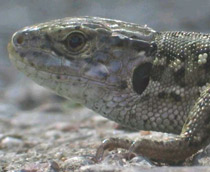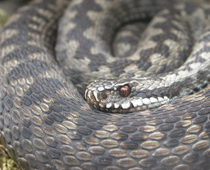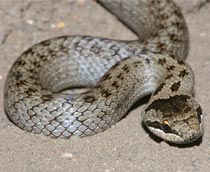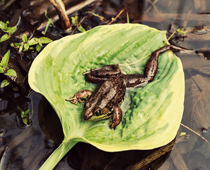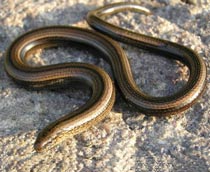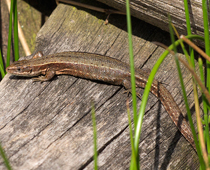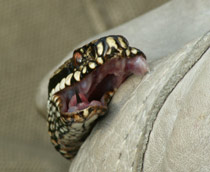
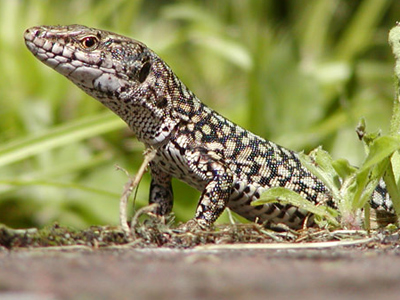
Reptiles and Amphibians - British Reptiles
There are six species of reptiles native to the UK. Dry heathlands are the best natural habitats for British reptiles, but semi-natural areas with heath-like conditions such as railway embankments, sea walls, road verges, churchyards, golf courses and almost any area with a sunny south facing slope and open vegetation may be suitable. Lizards have the ability to 'self amputate' their tails for protection. The process is known as 'autotomy'.
All native reptiles are protected in Britain under the Wildlife and Countryside Act. This protection under law helps counteract the decline of all the species. The Act also protects the rarest reptiles in Britain, the smooth snake and the sand lizard, by making it an offence to possess, handle, capture or disturb them.
- Order: Squamata
- Family: Lacertidae
- Genus: Lacerta
- Species: L. agilis
- Found mainly in southern Britain.
- Has the ability to take food in large quantities when it is freely available and will eat most types of insects, worms, slugs and can eat their own young too, if necessary.
- Order: Squamata
- Family: Colubridae
- Genus: Coronella
- Species: C. austriaca
- Rarest of our native snakes.
- Lives on heathlands in Dorset, Hampshire and Surrey where it can lay its eggs in sandy soils.
- Have round pupils to their eyes.
- Order: Squamata
- Family: Lacertidae
- Genus: Zootoca
- Species: Z. vivipara
- Also known as viviparous lizard.
- Are able to live almost anywhere, but they prefer reasonably warm places with good basking sites and are frequently found on the stony ballast around railway lines.
- Order: Squamata
- Family: Anguidae
- Genus: Anguis
- Species: A. fragilis
- Native to Britain.
- Neither a worm nor a snake, the slow worm is a lizard.
- Evolved into a legless form to suit their burrowing lifestyle.
- They have an almost cylindrical body which is hard and smooth to the touch.
- Order: Squamata
- Family: Colubridae
- Genus: Natrix
- Species: N. natrix
- Are usually around 120 cms long.
- Live in a variety of rough habitats with long grass.
- Lay their eggs into piles of warm, rotting vegetation.
- They become rarer the further north you travel and are hardly ever found in Scotland.
- Order: Squamata
- Family: Viperidae
- Genus: Vipera
- Species: V. berus
- Found all over Britain and are our only snakes with a poisonous bite, but this is rarely fatal to humans.
- Have the most varied diet of British snakes, feeding mainly on field voles, but also mice, lizards, nestling birds, eggs and amphibians.
Ready for more?
not all...
quizzers. Try to win a coveted spot on our Hall of Fame Page.




